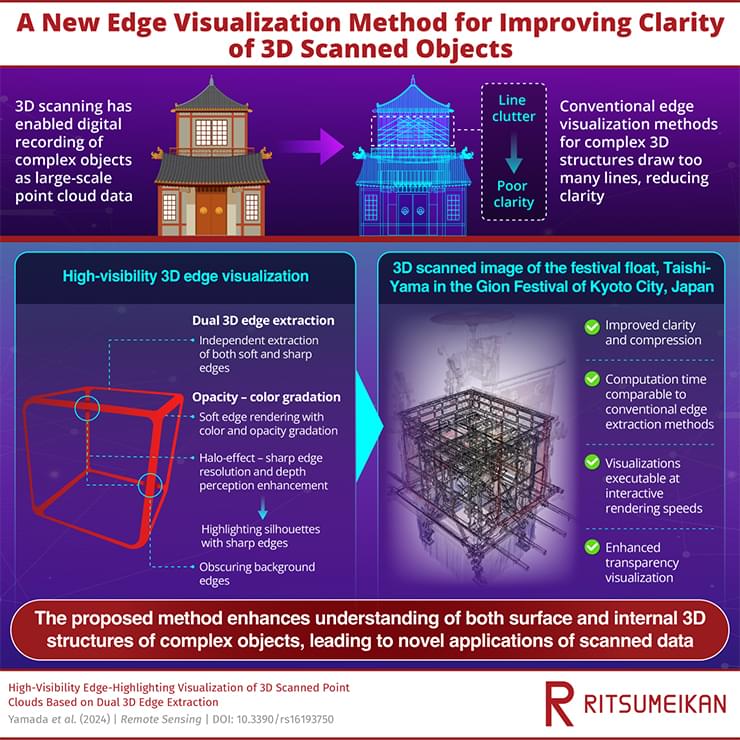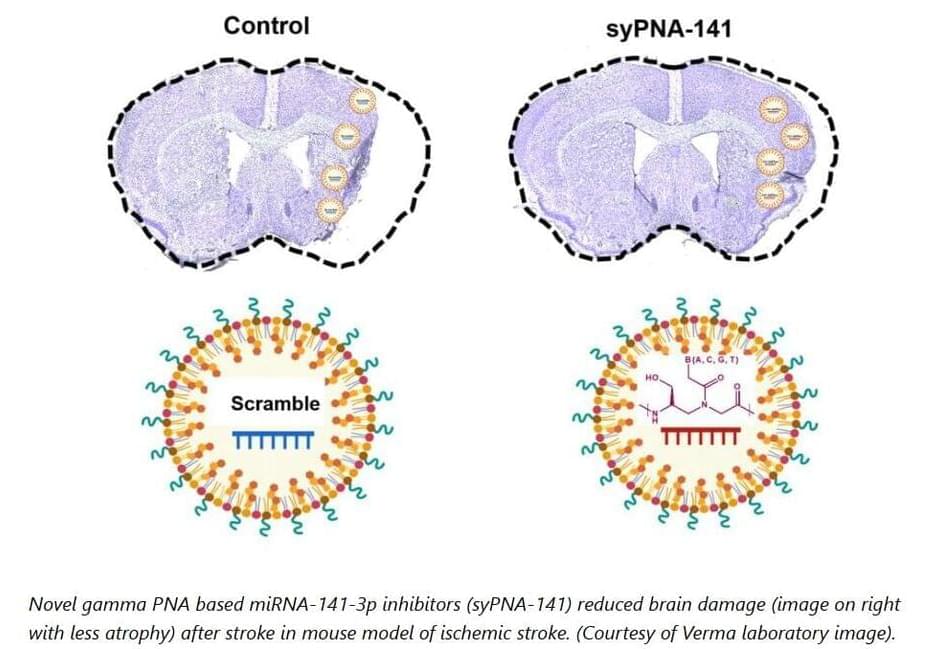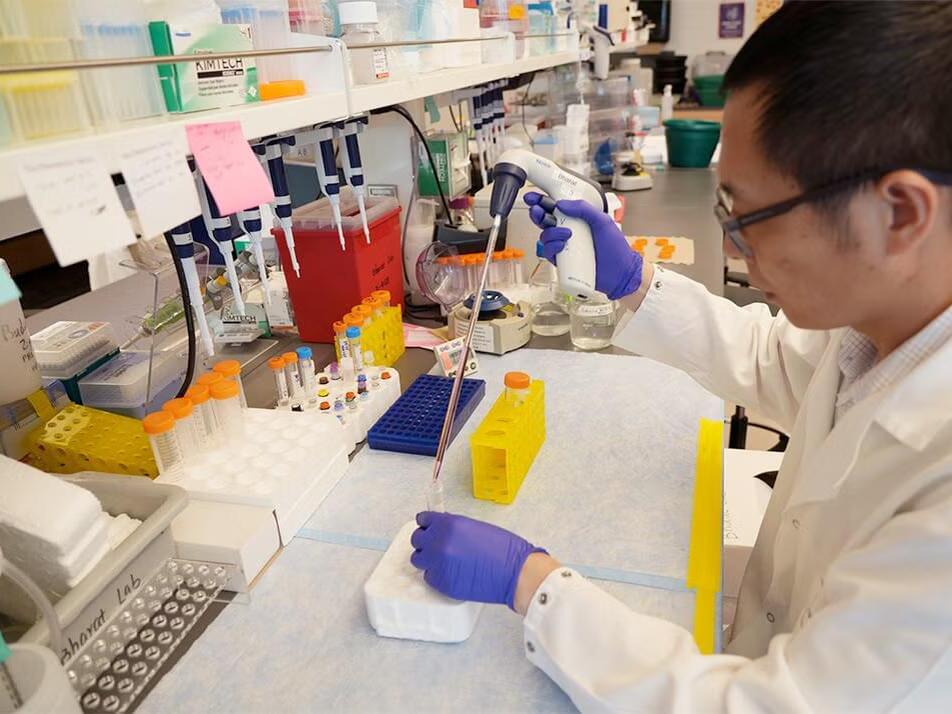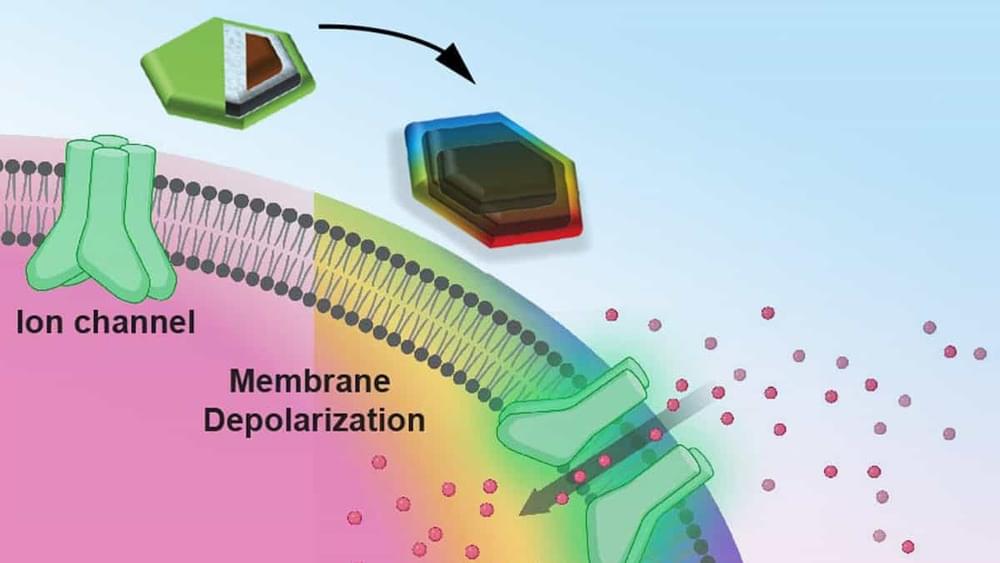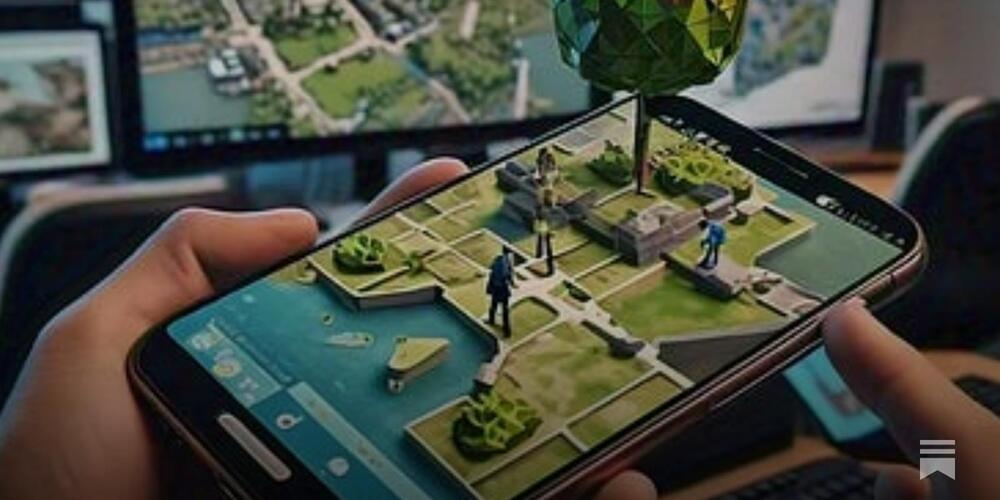Nov 20, 2024
How bioelectricity could regrow limbs and organs, with Michael Levin (Ep. 112)
Posted by Quinn Sena in categories: biotech/medical, food, life extension
Basically bio electricity once controlled could offer eternal life for humans because we could simply use the electricity to have longer if not indefinite lifespans that don’t require as much food for energy.
In the near future, birth defects, traumatic injuries, limb loss and perhaps even cancer could be cured through bioelectricity—electrical signals that communicate to our cells how to rebuild themselves. This innovative idea has been tested on flatworms and frogs by biologist Michael Levin, whose research investigates how bioelectricity provides the blueprint for how our bodies are built—and how it could be the future of regenerative medicine.
Levin is a professor of biology at Tufts University and director of the Tufts Center for Regenerative and Developmental Biology.



